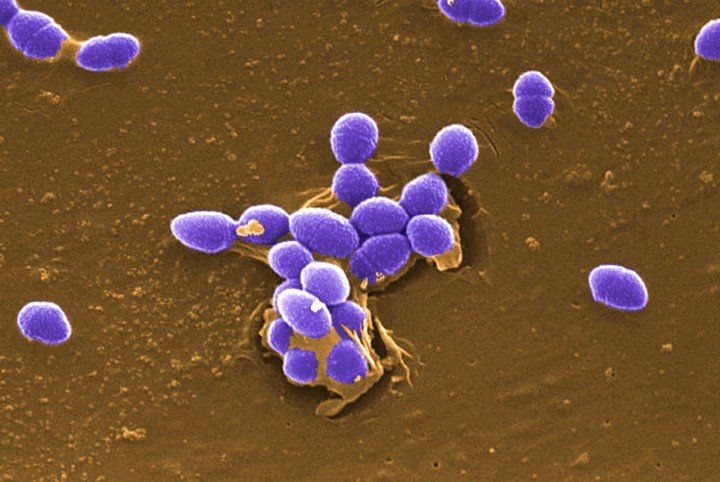US biologist J. Craig Venter announced last month that he and his team have been successful in creating the world’s first “artificial cell.” The achievement is being hailed as a breakthrough in the field of synthetic biology.
In the experiment, the team mapped the genome of bacteria called Mycoplasma mycoides for a long time. The Genome is made of chemicals and contains DNA that carries genetic information for the cell.
The team then manufactured the genome of the bacteria in a step-by-step process. The genome developed by the team was identical to the biological but for some ‘signatures’ that are used to differentiate it from the originals. It was then inserted into other bacteria after the bacteria’s own genome had been taken out.
“The inserted genome “booted up” the cell which assumed the phenotype of Mycloplasma mycoides. The synthetic cell is for all intents and purposes identical to a natural cell except that its genome was chemically synthesized,” explained Mr. Venter.
The synthetic M mycoides genome that is introduced in to bacterial cell becomes an M mycoides. The bacteria when replicates, its offspring also have the synthetic genome
He said that his team was the first in the world to completely sequence a genome of Haemophilus influenzae in 1995. The idea for the creation of a synthetic cell came after the successful sequencing of the second genome of Myclosplasma genitalium.
The team faced many challenges in the experiment relating to synthesizing large pieces of DNA to enabling the booting up of a cell by synthetic DNA. The team was able to achieve success by a lot of work and skill, he said.
The work will work as a basis for future studies in the field. The creation of next such genome will require much lesser time because of the experiment.
Mr Venter now aims to create a micro-organism. He and his team aim to digitize the process of life. He said, “Using a computer and robotic systems we can then design, synthesize and select synthetic cells with optimal properties for a variety of applications in medicine, industry, energy and the environment.”


